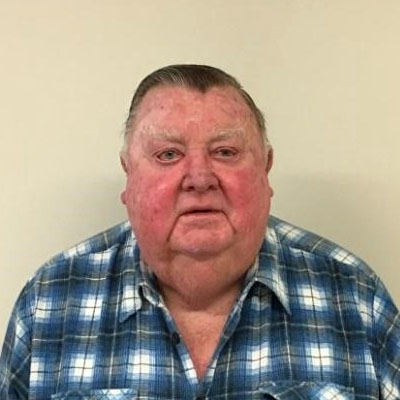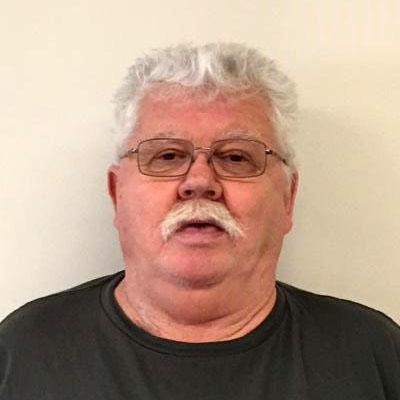Patient Experiences
The following two case studies describe personal experiences of people who use Patient Centred Medical Homes.
Fred

Fred, 78, is from Western Sydney. He has multiple chronic illnesses and health issues, including a previous heart attack, three bypass operations, diabetes, numerous skin cancers and cataracts.
Fred has attended Mt Druitt Medical Centre (a leading NSW patient centred medical home) for the last 49 years. Due to his increased health needs, Fred visits the medical centre once a week, on average. He has the utmost admiration for the centre's staff, and thinks of them as ‘one big, happy family’.
Comprehensive care
In addition to his general practitioner (GP), Fred uses the medical centre's on-site diabetes educator, exercise physiologist, dietician and pharmacist.
‘I have a good medical team in my corner.’
Fred is confident that if a problem is more complex than his clinic can address, they will put him in touch with the right people. For example, an oculoplastic surgeon is a member of Fred's care team.
Coordinated care
The clinic always offers to make Fred’s appointments for him, whether it is with someone at the medical centre or an outside health service. If Fred knows his schedule, he simply lets the receptionist know when he is available, and she calls him within a day or two with his appointment time. Sometimes, Fred finds this easier to do himself, depending on his needs.
If his GP (Dr Lim) is on vacation, or otherwise unable to see him, Fred sees Dr Cochrane, another GP at the medical centre. It is very evident to Fred that Dr Lim speaks to Dr Cochrane beforehand about Fred’s health, so Dr Cochrane knows all about his health needs. ‘Even though he’s not seeing me, I’m still his patient ’
He finds it flattering to know that staff put in the time to ensure he is well looked after.
Timely access
Fred recalls an occasion when he was pulled under the wheel of his car and injured. A passer-by took him into the medical centre, where Dr Lim immediately took him to his rooms and 'patched him up' – no appointment, and no delay.
Patient-centred
At the medical centre, Fred has taken part in group sessions about his congestive cardiac failure. These sessions, held with other patients who have similar conditions, are opportunities to learn from one another’s experiences. Fred also has sessions in which he sees more than one health professional at the same time (for example, both his dietician and his GP).
Over the years, Fred has seen the practice grow from a small clinic with three GPs and a couple of receptionists to a booming practice he refers to as a 'centre of the future'. It is a place where he feels supported in managing his healthcare, and where he is secure in the knowledge that he receives outstanding service, looked after by people who take the time to get to know him and his needs.
Barry

Barry, 62, is a truck driver with a crushed T10 vertebra, chronic obstructive pulmonary disease, and an irregular heartbeat. Approximately 8 years ago he also suffered a collapsed lung.
Barry calls the Mt Druitt Medical Centre his 'second home'. He accesses the centre roughly six times a month, and has been a patient at the clinic for over a decade.
Patient-centred
What Barry appreciates most about the clinic is the people. He always feels welcome. He knows the staff by name, and they have taken the time to get to know him. He finds the staff caring and feels like 'part of the family'. By building those relationships with the staff members, Barry feels comfortable and supported in looking after his health. Referring to his GP, he says he is, ‘feeling like I am today because of him’.
‘They treat you as a person - you’re not a number’.
Comprehensive care
In addition to his GP, Barry also sees a physiotherapist, a psychologist and a dietician in the clinic.
‘Everything is here that you need’.
Barry is referred to specialists outside the clinic when necessary, for example, his thoracic specialist based at Westmead Hospital.
Coordinated care
Everything Barry does within the clinic is shared amongst clinic staff using computer software. Barry is on an exercise plan with his physiotherapist, so a record of this plan is available to his GP, psychologist and dietician at any time.
Staff at the centre make Barry's appointments for him. Barry also uses the information board in the clinic's waiting room for a range of health information, and to learn about health programs his care team may not have mentioned.


